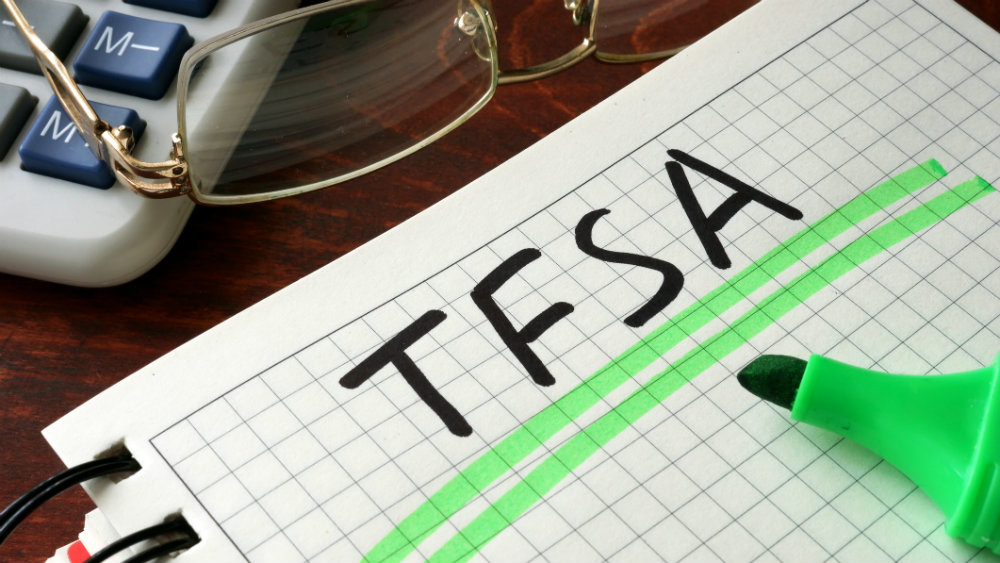Registered Retirement Savings Plans (RRSPs) and Tax-Free Savings Accounts (TFSAs) are two of the best tax-saving vehicles Canadian investors can access. Offering the ability to defer or exempt taxes, they can dramatically improve your tax efficiency.
Tax efficiency is arguably just as important as stock picking. In theory, investing is about picking the right assets to get good returns over time. In practice, however, minimizing taxes is as much a part of the game, if not more so. With dividends and half of capital gains taxed at your marginal rate, taxes alone can take a huge bite out of what initially looked like a great return.
If you’re a Canadian investor, opening an RRSP and/or TFSA is the best legal option you have in order to minimize your dividend and/or capital gains taxes. In that respect, the two vehicles are very much alike. However, there are some major differences that you need to keep in mind. Here are three of them:
Tax deductions
One of the biggest benefits of RRSPs is the tax-deductible nature of contributions. When you put money into an RRSP, it reduces your taxable income, so you pay less come tax time. This is extremely important, as it means you can save taxes just by putting money into an RRSP, even if you don’t invest the money.
TFSAs don’t have this feature, which means you need to generate some kind of positive return in a TFSA before you realize any tax benefits.
Tax on withdrawal
One of the biggest benefits of TFSAs is that you can withdraw money from them tax-free. This makes them great accounts for trading high-growth stocks like Shopify Inc (TSX:SHOP)(NYSE:SHOP).
Many investors who buy growth stocks like Shopify hope to generate big returns quickly and cash out the proceeds. TFSAs, with their flexible withdrawals, are perfect for doing this. RRSPs, on the other hand, force you to pay withholding taxes when you withdraw.
For this reason, they incentivize playing the long game and not cashing out until after you retire–when your marginal tax rate will presumably be low.
Contribution limits
The final significant difference between TFSAs and RRSPs involves their contribution limits. RRSPs let you contribute a lot more money than do TFSAs. Whereas RRSPs allow up to 18% of income, or $26,500, TFSAs have a strict limit of $6,000 for 2019.
Although the TFSA limit has been higher in some years than in 2019, it has never approached the limit for RRSPs in a given year.
In an RRSP, you can contribute large sums of money and build up a large balance over time even if your investments are fairly defensive. In a TFSA, on the other hand, you’d need to get more aggressive growth in order to accumulate a large balance.
This is another reason why many TFSA investors opt to hold growth stocks like Shopify, while most RRSP investors stick to more traditional, low-risk investments.








